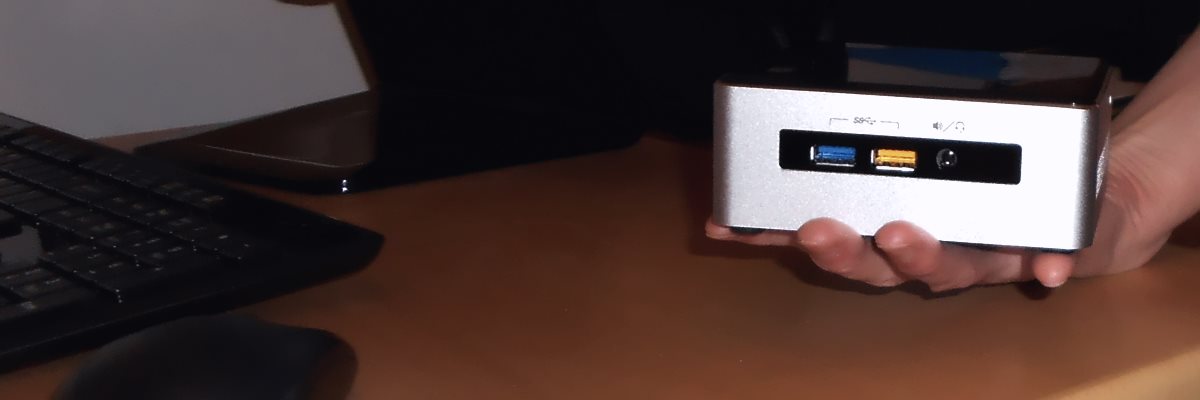
Once upon a time, in a different spatial-temporal universe, a computer was as big as a building. The famous ENIAC, the very first digitally programmable computer, had 30 m in length and 27 tons in weight. It consumed 160 KW 1)”Techonomics: The Theory of Industrial Evolution” by H. Lee Martin, book published in CRC Press in 2006. If you think that’s a pretty much high energy consumption, just imagine what it was like in 1946, when the production of electric energy was incomparably much lower than it is nowadays. Joke or no joke, it is said that the citizens of Philadelphia knew, in the evening, when the Giant Brain (as they called it) was on, because their light bulbs would become less bright 2)”Smaller Faster Lighter Denser Cheaper: How Innovation Keeps Proving the Catastrophists Wrong” by Robert Bryce, book published in PublicAffairs in 2014. And to think all these calculations can now be done by your mobile phone in a blink of an eye.
Since then, the computers have considerably reduced in size. However, if you think about it a little, the majority of them are still too big. The reason for this is the popular standard ATX, launched by Intel in 1995, which, even two decades later, is still in the game. Among other aspects, this standard establishes the dimensions of the motherboard. When you intend on building a case, you can’t just do it whatever size you want, but it has to fit the motherboard. And, as long as ATX still enjoys its success, the majority of the computers are relatively big in size, as you well know.
However, the pressure for miniaturizing is constantly growing. Initially, the cases were “full-tower”. Then, they got smaller – but not miraculously small – to “mid-tower” and “mini-tower”. Then, some smaller cases made their appearance, with different standards for the motherboards, for example the “micro-tower”. Even if the difference in size is still obvious, nonetheless, you have to allocate them a considerable space.
But are there any better solutions? Let’s find out!
Continue reading Intel NUC5I7RYHR – the Best Computer That Fits in Your Palm
References
| ↑1 | ”Techonomics: The Theory of Industrial Evolution” by H. Lee Martin, book published in CRC Press in 2006 |
|---|---|
| ↑2 | ”Smaller Faster Lighter Denser Cheaper: How Innovation Keeps Proving the Catastrophists Wrong” by Robert Bryce, book published in PublicAffairs in 2014 |






